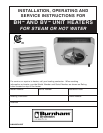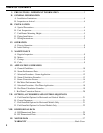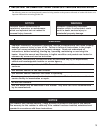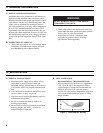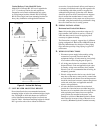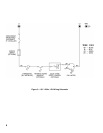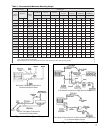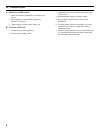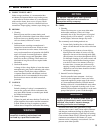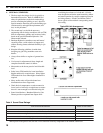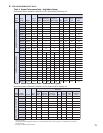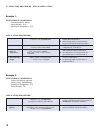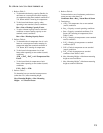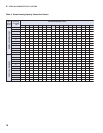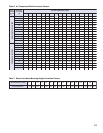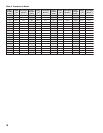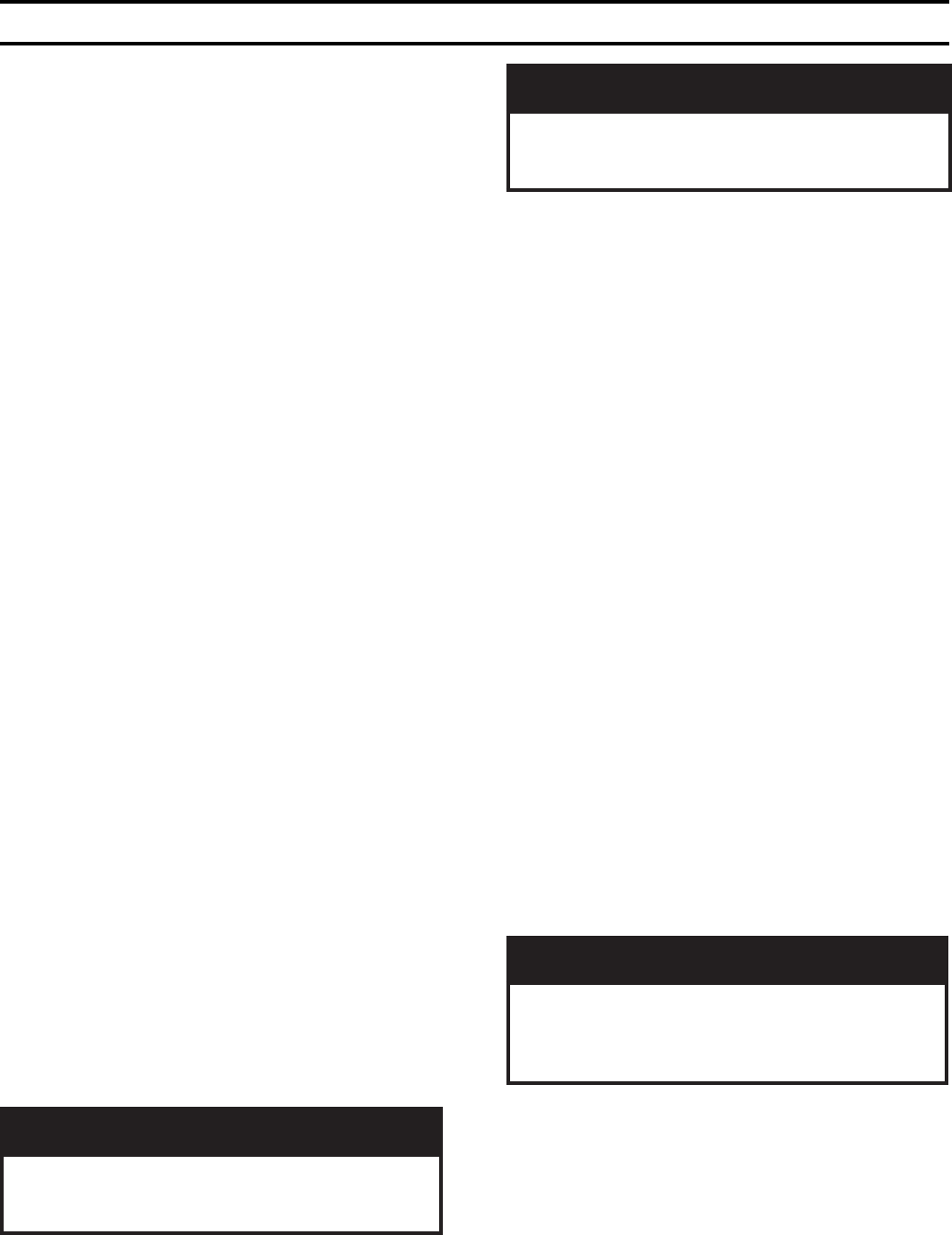
9
A.
INSPECT REGULARLY
Under average conditions, it is recommended that
unit heaters be inspected before every heating season
— more often in locations where air is contaminated
with corrosive fumes, dust, soot or oil spray. Check
for dirty, clogged coils, excessive vibration and loose
connections. Inspect piping, strainers, traps, fi ttings, etc.
B. MOTORS
1. Cleaning
Remove grease and dirt on motor during each
inspection or lubrication. Open frame motors should
be blown clean every heating season, or whenever
coils are cleaned, whichever is sooner.
2. Lubrication
Lubricate motor according to manufacturer’s
instructions located on the motor. When no motor
oiling instructions are on the motor, oil the motor
every two thousand hours of operation with SAE20
motor oil for units in normal applications. Adjust
oiling according to usage and atmosphere. Some
motors do not have oil fi ttings. These motors are
lubricated for long life and do not require further
lubrication.
3. Overload Protection
A change in line voltage higher or lower than motor
nameplate rating may cause overheating and serious
motor damage. Check plant voltage conditions.
A separate manual starter with thermal overload
protection device is recommended for those units
that do not have motors with built in overload
protection.
C. CASINGS
1. Cleaning
Periodic cleaning of casings is recommended to
remove dirt, grease and corrosive substances that
may injure fi nish. Rusted or corroded spots should
be cleaned and repainted.
2. General Inspection
Tighten fan guard and motor bracket. Check fan for
proper clearance, free rotation and fi rm connection
to shaft. When servicing is complete, tag unit to
indicate date of inspection, lubrication and cleaning.
GNINRAW
launamsihtniderevoctnempiuqeehT
dnadeniatniam,dellatsniebdluohs
.naicinhcetdeifilauqaybdecivres
V. MAINTENANCE
ECITON
deifilauqlacolruoytcatnocecivresroF
rorotcartnocecivresdnanoitallatsni
.ynapmocytilituetairporppa
D. COILS
1. Cleaning
Clean coil at least once a year, more often under
unfavorable conditions. Unless coil is kept
reasonably free of dirt, lint and grease, its original
heating capacity will be reduced — possibly to a
serious degree, and motor damage may result.
Two commonly used cleaning methods are:
a. Loosen dirt by brushing fi ns on side where air
enters coil and then turn on fan to blow dirt from
unit.
b. Use high-pressure air hose to loosen dirt by
blowing from side where air leaves coil (side
adjacent to louvers on blow-through units (BH);
side adjacent to fan on draw-through units (BV)).
For thorough cleaning of coil, remove motor and
fan and spray a mild alkaline cleaning solution
over the coil. After a few minutes, follow by a
hot water rinse. (A steam gun can be used for
spraying cleaning solution and hot water.) Coils
subjected to corrosive fumes should be checked
and cleaned frequently.
2. Internal Corrosion Safeguards
Provide controlled water treatment -- don’t use
excess of boiler compounds. Contact your boiler
compound supplier for proper usage or the services
of a water treatment laboratory. Periodic internal
fl ushing of the coils is recommended in areas where
water supply is suspected of causing scale. Use an
alkaline-chelant solution and introduce it at the main
pump of the hydronic system. Flush thoroughly.
GNINRAW
sahcussdicalarenimrocinagronignisU
hguohtneve,dica)cirolhcordyh(citairum
,egamaderevesotdaelyam,detibihni
.egakaeldnanoisorrocgnidulcni
De-aerate boiler feed-water (particularly if large
amount of new water is used). Insure rapid continuous
and adequate condensate drainage by properly sized
and installed traps and piping. Check traps for sticking.
Clean strainers ahead of traps. (When traps don’t work,
condensate accumulates in unit heater coil; water
hammer results.) Adequately vent each unit. Use low-
pressure steam when possible.



